Related Research Articles

Abraham Stoker was an Irish author who wrote the 1897 Gothic horror novel Dracula. During his lifetime, he was better known as the personal assistant of actor Sir Henry Irving and business manager of the West End's Lyceum Theatre, which Irving owned.
Pierce Egan (1772–1849) was a British journalist, sportswriter, and writer on popular culture. His popular book Life in London, published in 1821, was adapted into the stage play Tom and Jerry, or Life in London later that year, which became the first play to have a continuous run of 100 performances in London while at the Adelphi Theatre in the West End.
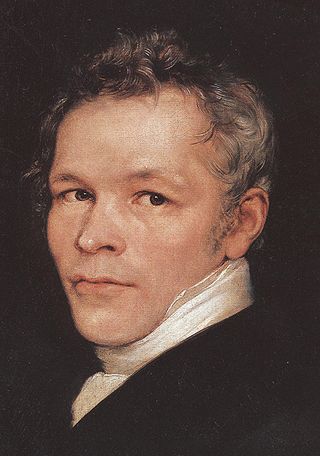
Karl Friedrich Schinkel was a Prussian architect, city planner and painter who also designed furniture and stage sets. Schinkel was one of the most prominent architects of Germany and designed both Neoclassical and neo-Gothic buildings. His most famous buildings are found in and around Berlin.

Mary Russell Mitford was an English author and dramatist. She was born at Alresford in Hampshire. She is best known for Our Village, a series of sketches of village scenes and vividly drawn characters based upon her life in Three Mile Cross near Reading in Berkshire.

Horace Hayman Wilson was an English orientalist who was elected the first Boden Professor of Sanskrit at Oxford University.
William Wilkins was an English architect, classical scholar and archaeologist. He designed the National Gallery and University College London, and buildings for several Cambridge colleges.
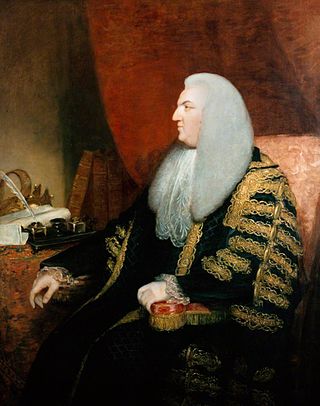
Fletcher Norton, 1st Baron Grantley, PC was an English lawyer and politician who sat in the House of Commons from 1756 to 1782 when he was raised to the peerage as Baron Grantley.

William Playfair, a Scottish engineer and political economist, served as a secret agent on behalf of Great Britain during its war with France. The founder of graphical methods of statistics, Playfair invented several types of diagrams: in 1786 the line, area and bar chart of economic data, and in 1801 the pie chart and circle graph, used to show part-whole relations. As a secret agent, Playfair reported on the French Revolution and organized a clandestine counterfeiting operation in 1793 to collapse the French currency.
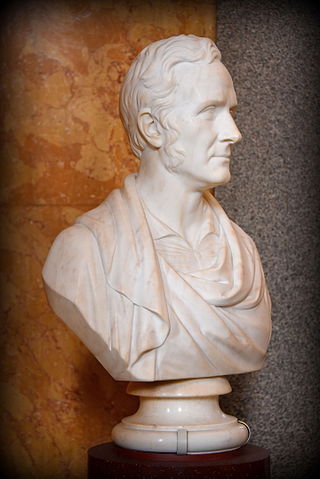
Sir Robert Smirke was an English architect, one of the leaders of Greek Revival architecture, though he also used other architectural styles. As architect to the Board of Works, he designed several major public buildings, including the main block and façade of the British Museum. He was a pioneer of the use of concrete foundations.

Peter Donald Beauchamp Hitchener, OAM is an Australian television presenter with a 50-year career with the Nine Network and 58 years of news broadcasting experience. He has been the chief news presenter for GTV-9 of their flagship bulletin Nine News Melbourne since 1998, and prior to that was the weekend presenter.

Theatre Royal, Plymouth, is a theatre venue in Plymouth, Devon. It consists of a 1,300-seat main auditorium, The Lyric, which regularly hosts large-scale musicals, opera and ballet; a 200-seat studio, The Drum; and a 50-seat studio, The Lab. On a separate site, Theatre Royal Plymouth also has a production and learning centre, TR2, featuring rehearsal studios and workshops for the production of set and costumes.
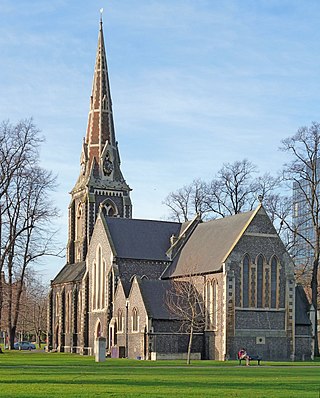
Turnham Green is a public park on Chiswick High Road, Chiswick, London, and the neighbourhood and conservation area around it; historically, it was one of the four medieval villages in the Chiswick area, the others being Old Chiswick, Little Sutton, and Strand-on-the-Green. Christ Church, a neo-Gothic building designed by George Gilbert Scott and built in 1843, stands on the eastern half of the green. A war memorial stands on the eastern corner. On the south side is the old Chiswick Town Hall.

Vasishta Yoga Samhita is a historically popular and influential syncretic philosophical text of Hinduism, dated to the 6th CE or 7th CE — 14th CE or 15th CE. It is attributed to Maharishi Valmiki, but the real author is unknown. The complete text contains over 29,000 verses. The short version of the text is called Laghu yogavāsiṣṭham and contains 6,000 verses.
Eliza Rennie or Mrs. Eliza Walker was a minor Scottish-born romantic and gothic short story author most notable for writing about her friendship with Mary Shelley and her contemporaries, including meetings with such celebrities as the Duke of Wellington.
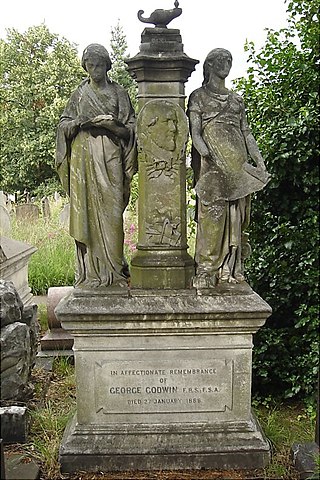
George Godwin FRS was an influential British architect, journalist, and editor of The Builder magazine.

Edward James Loder was an English composer and conductor. His best remembered work is perhaps the 1855 opera Raymond and Agnes, though his most successful opera during his lifetime was The Night Dancers.

Selina Davenport was an English novelist, briefly married to the miscellanist and biographer Richard Alfred Davenport. Her eleven published novels have been recently described as "effective if stereotyped".

William Simmonds Chatterley was an English actor.
Samuel Rowe was a farmer's son who became a bookseller, vicar and antiquarian of Devon, England. He is known for his Perambulation of Dartmoor, which for many years was the standard work on the prehistoric and later sites to be found on the moor.

David Hughson, which may have been a pen name of Edward Pugh, was a writer on the topography and history of London. He produced a description of the city based on "an actual perambulation" (walk) that was published in six volumes between 1805 and 1809 and contains 150 copper plate engravings principally based on illustrations by Robert Blemmell Schnebbelie and Edward Gyfford. He also produced works on topical matters such as the East India Company, religious subjects, and works of household management targeted at people of the "middling and genteel ranks of life".
References
- 1 2 Summers, Montague (22 September 2016). The Gothic Quest - A History of the Gothic Novel. Read Books Limited. ISBN 9781447499084 . Retrieved 1 May 2023.